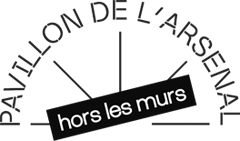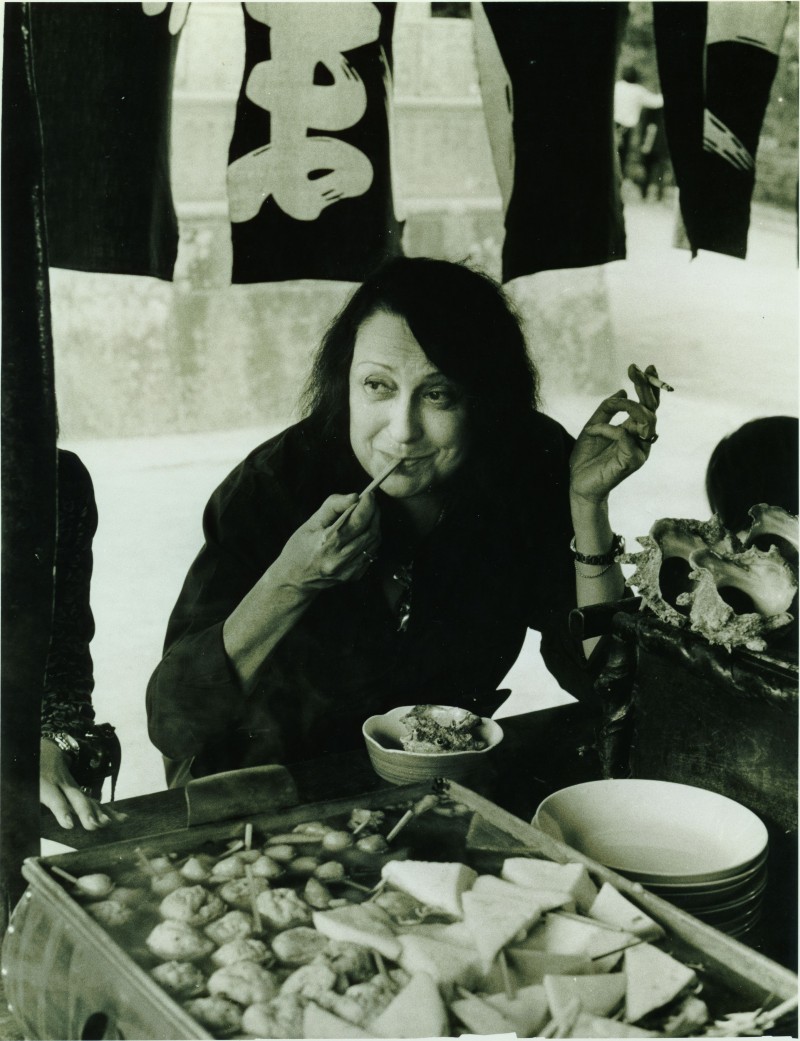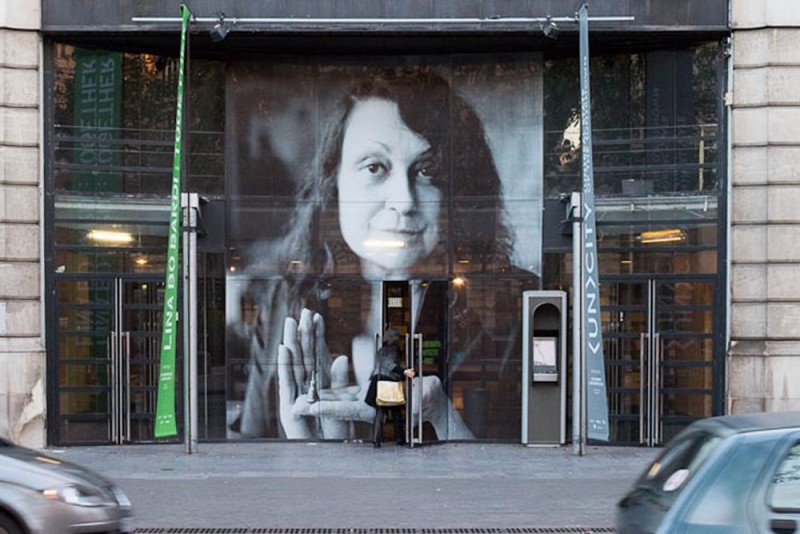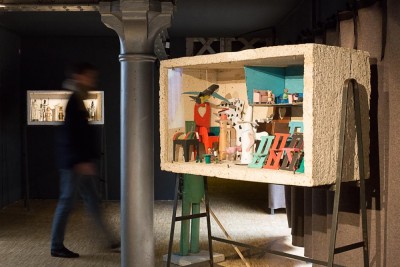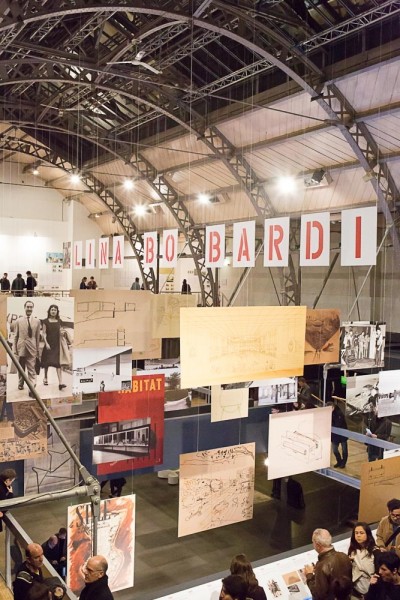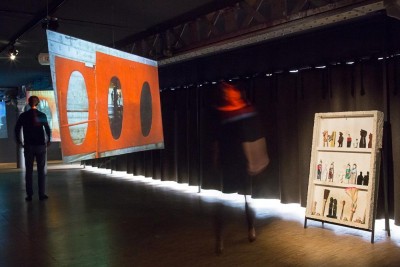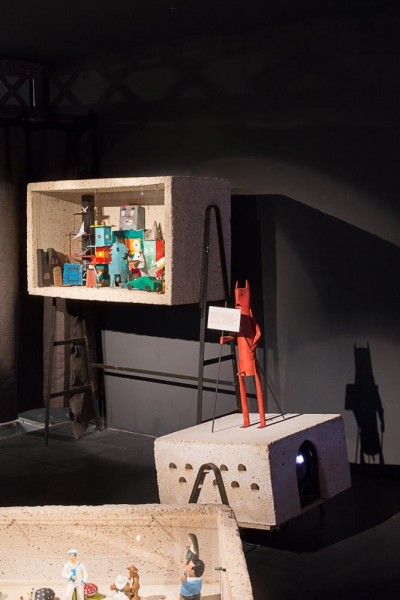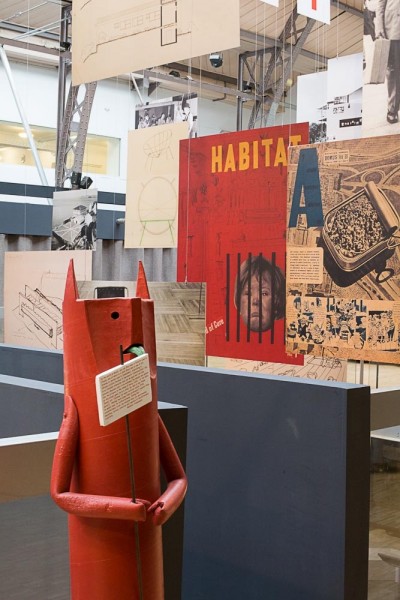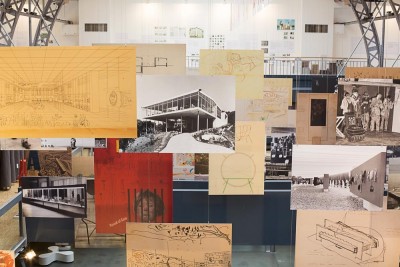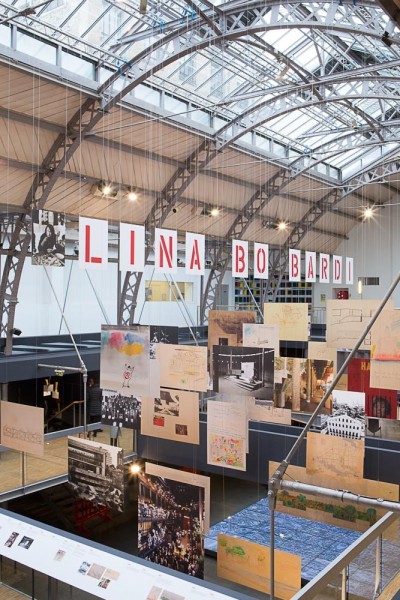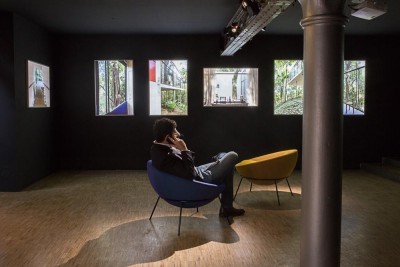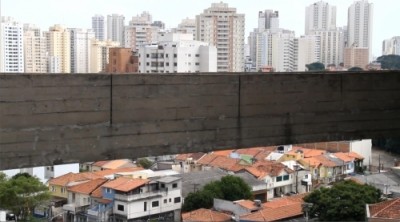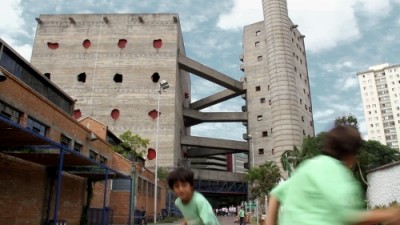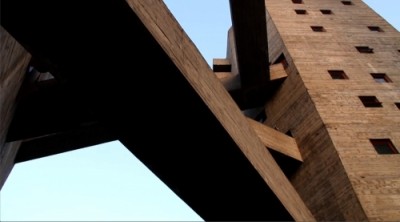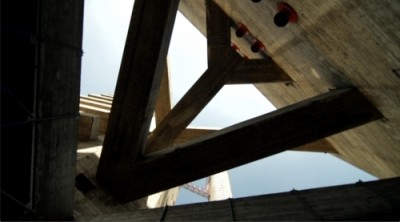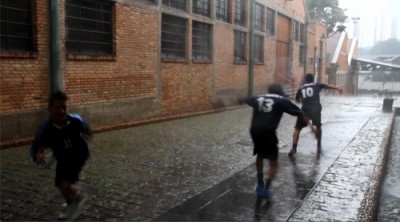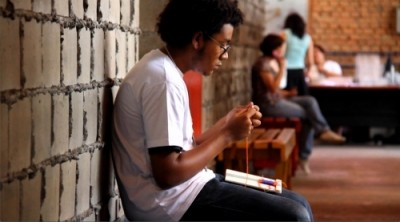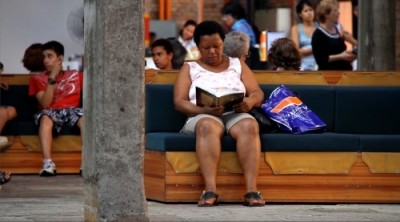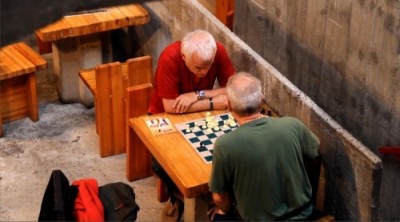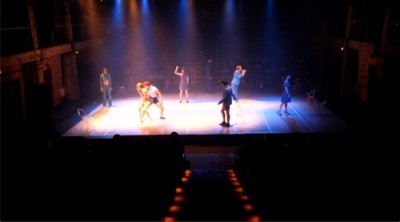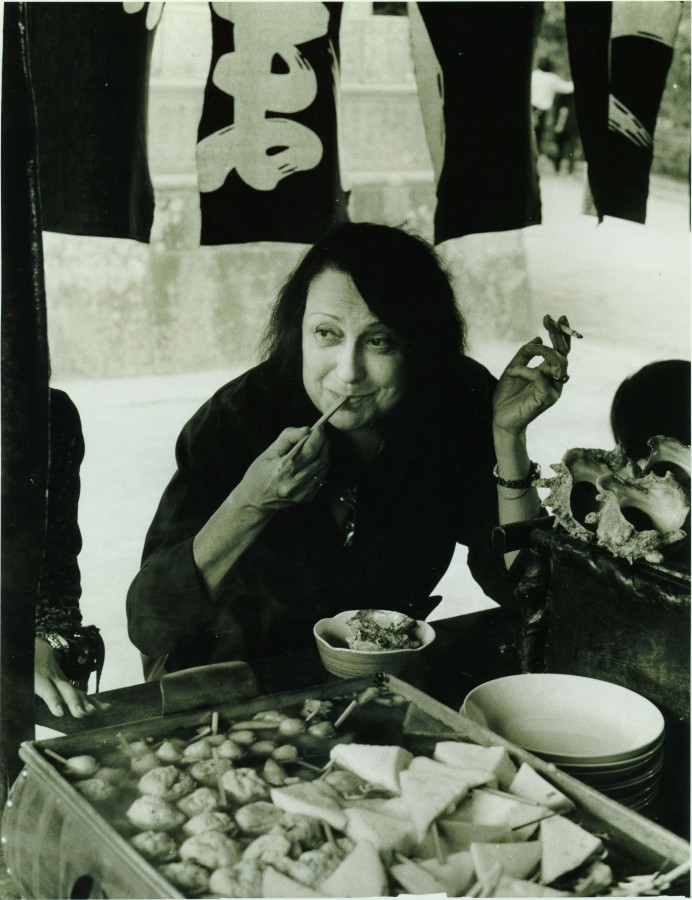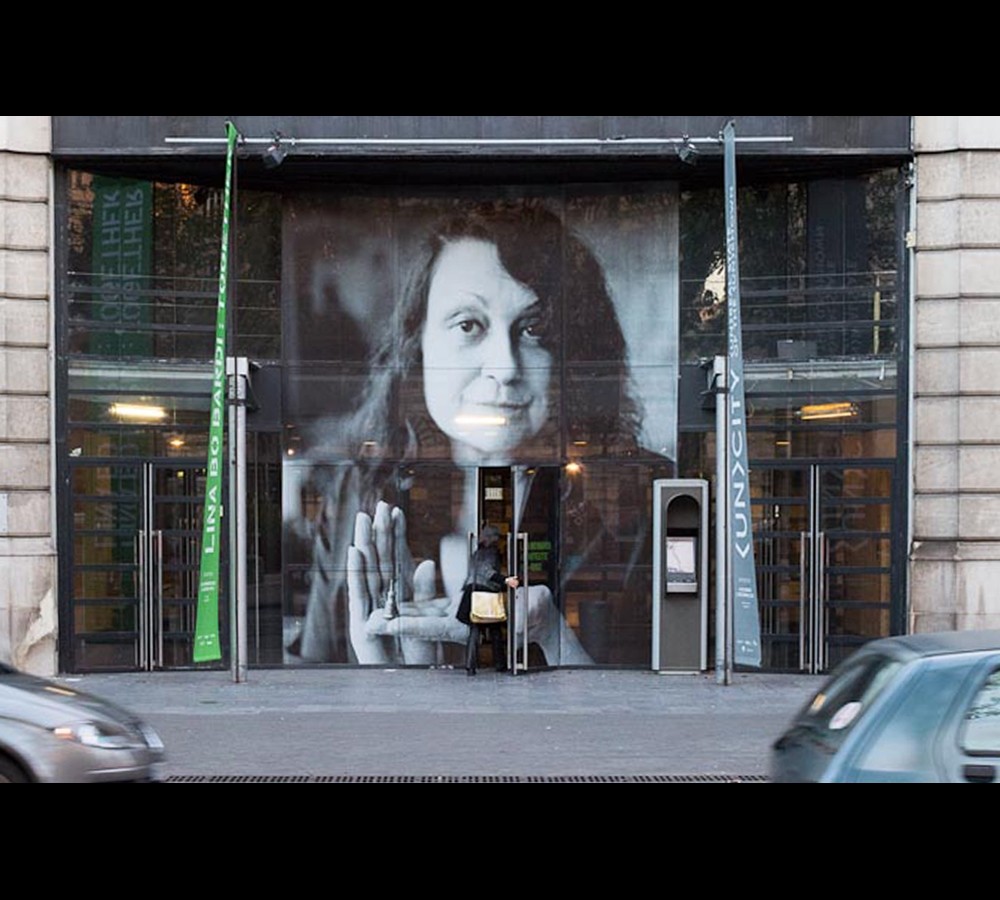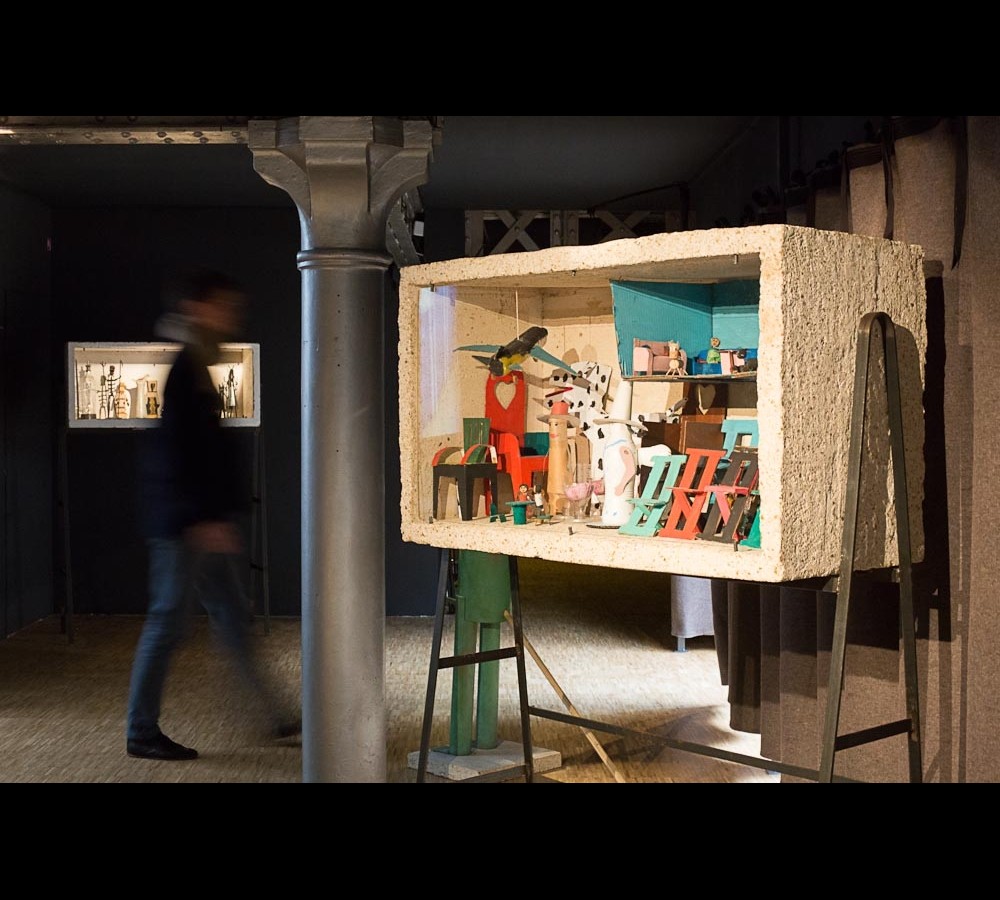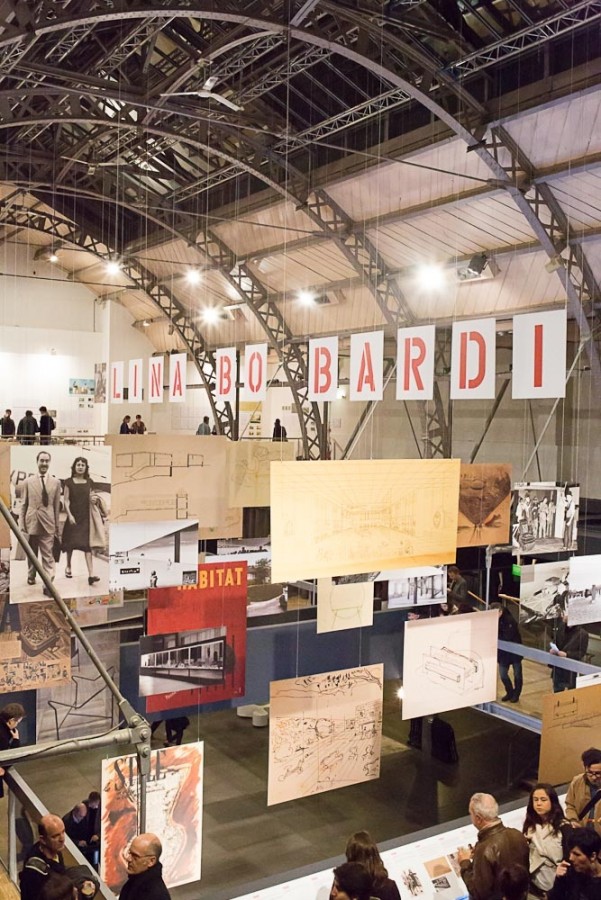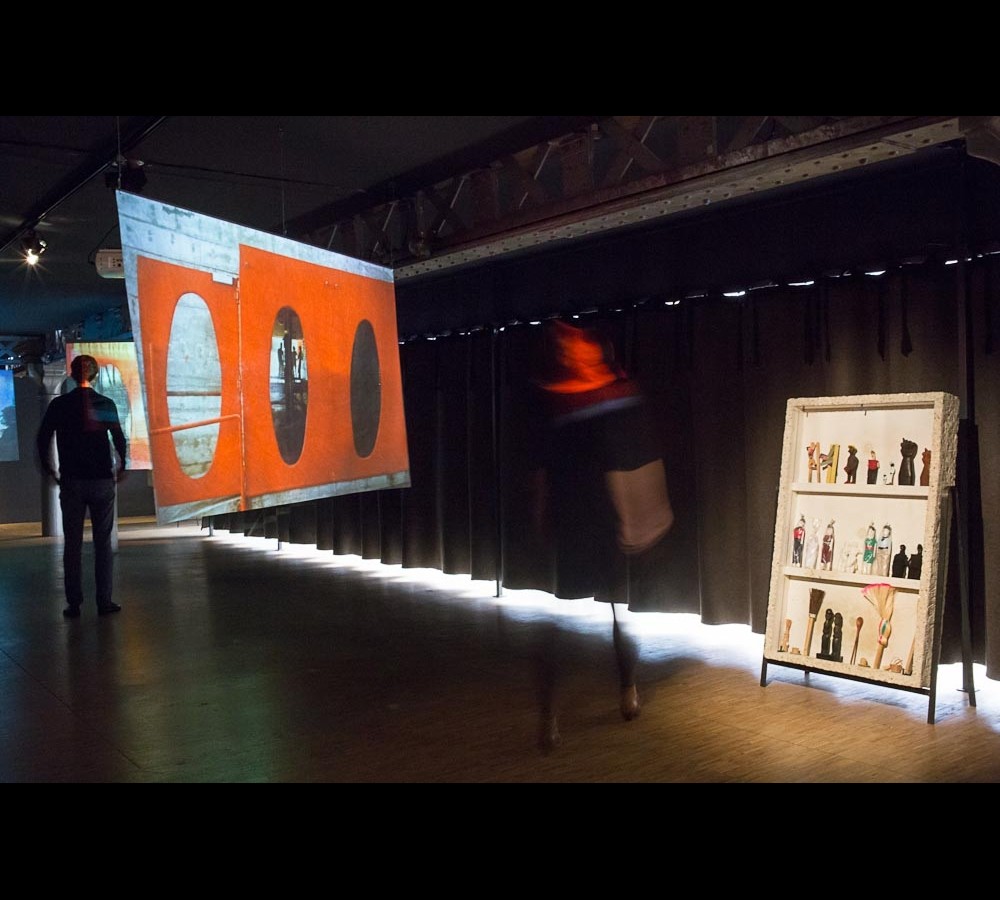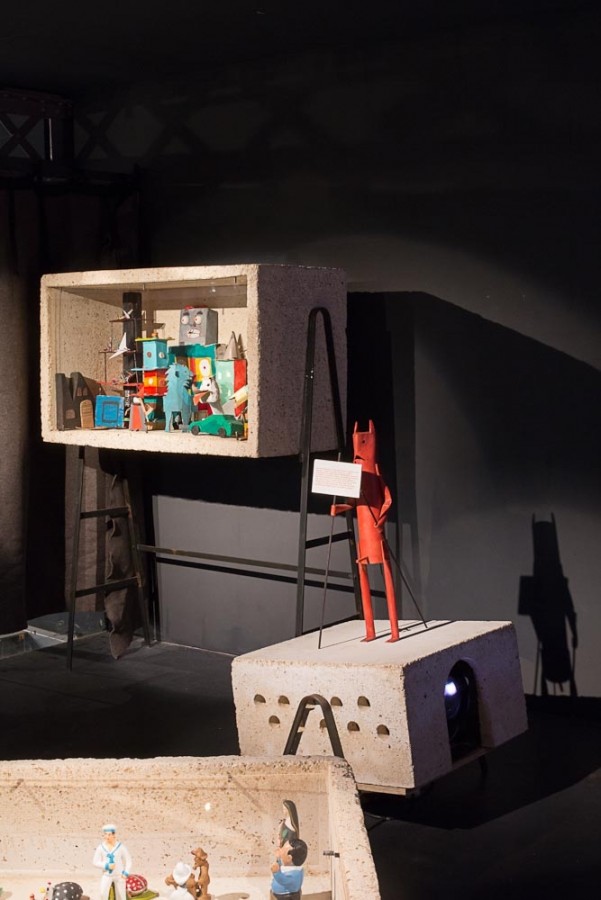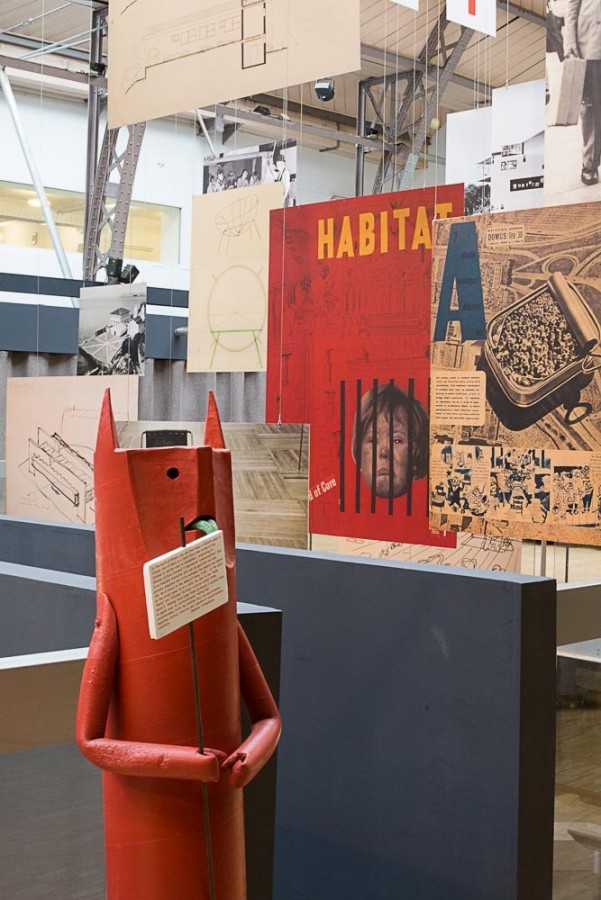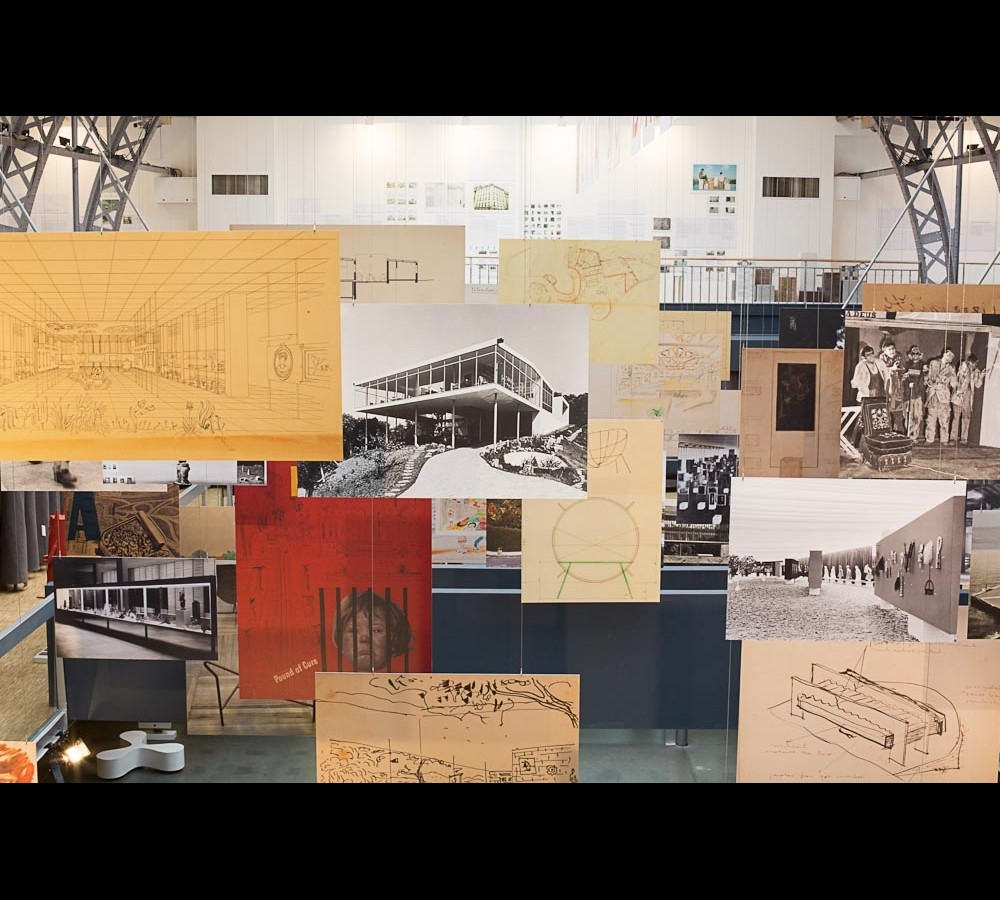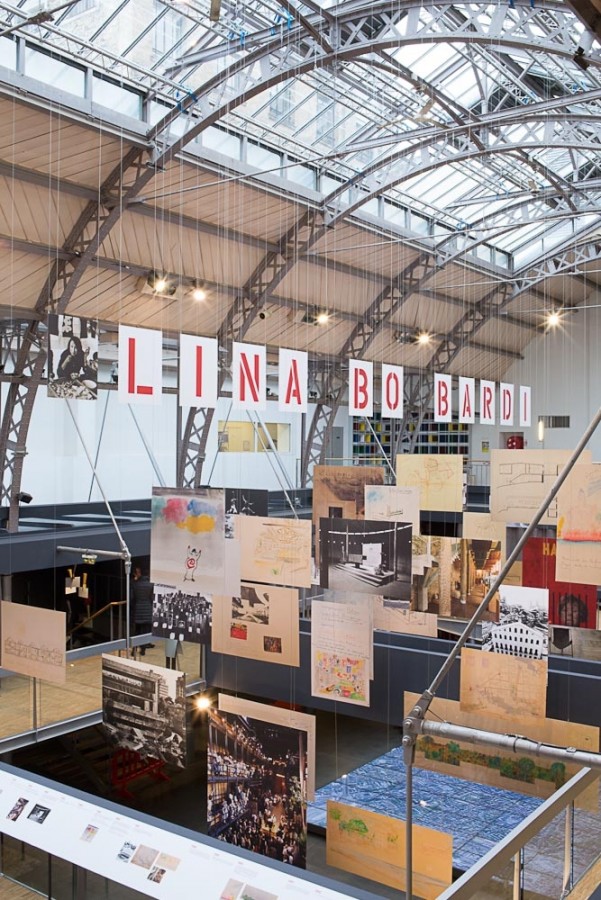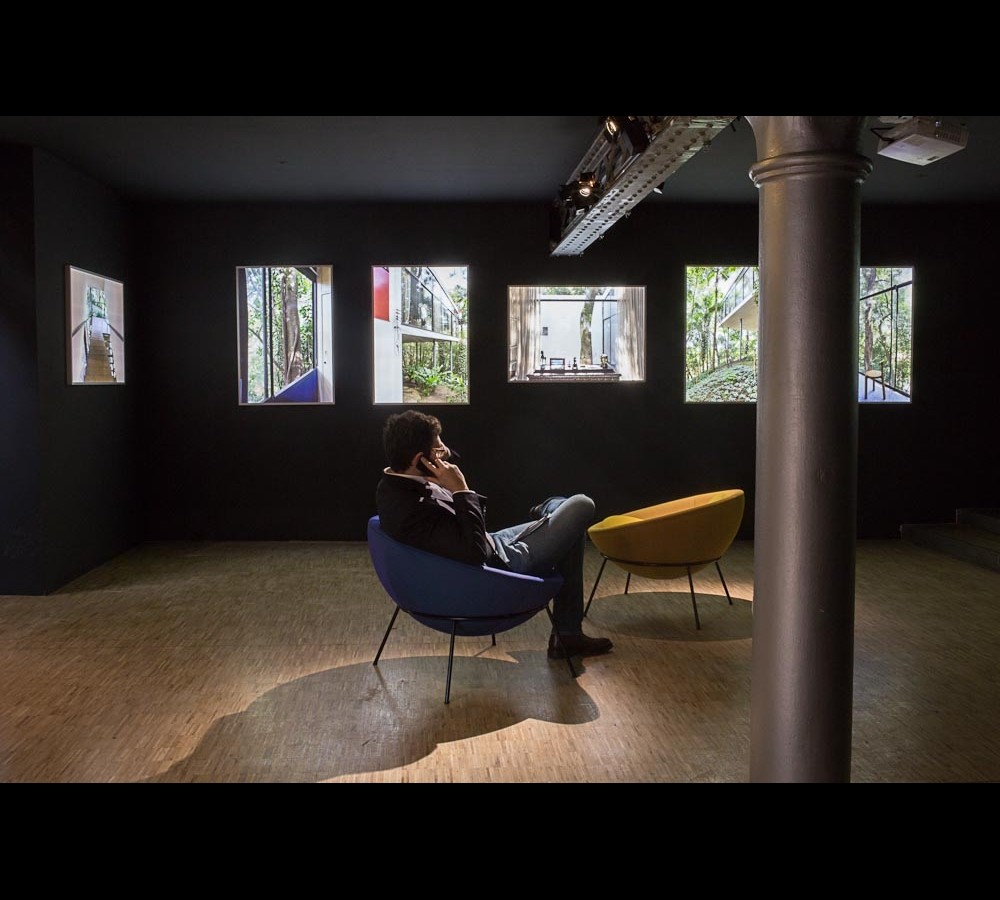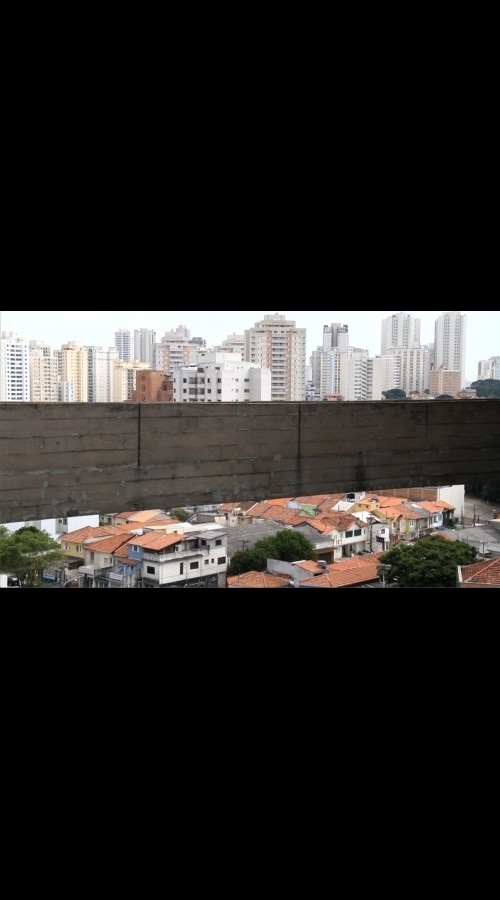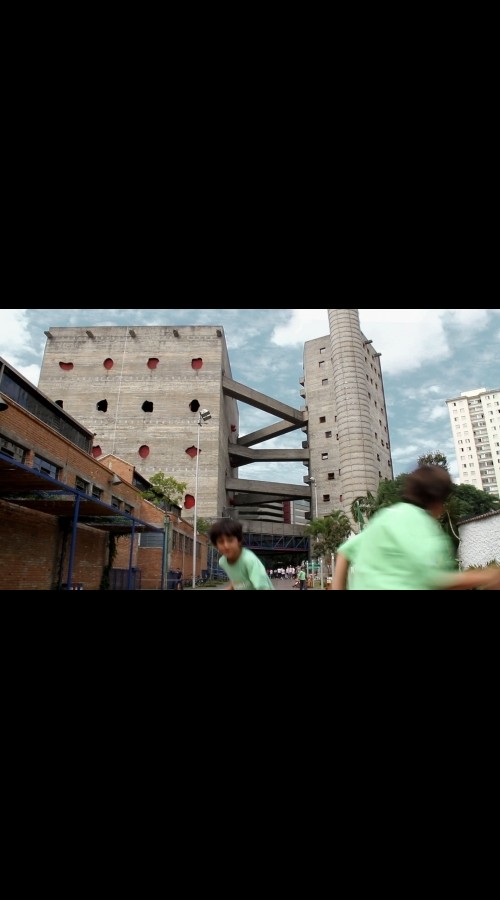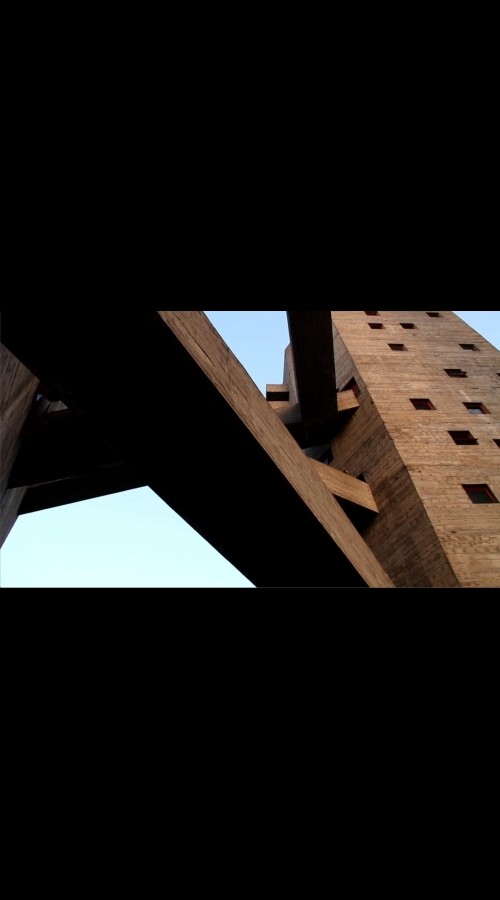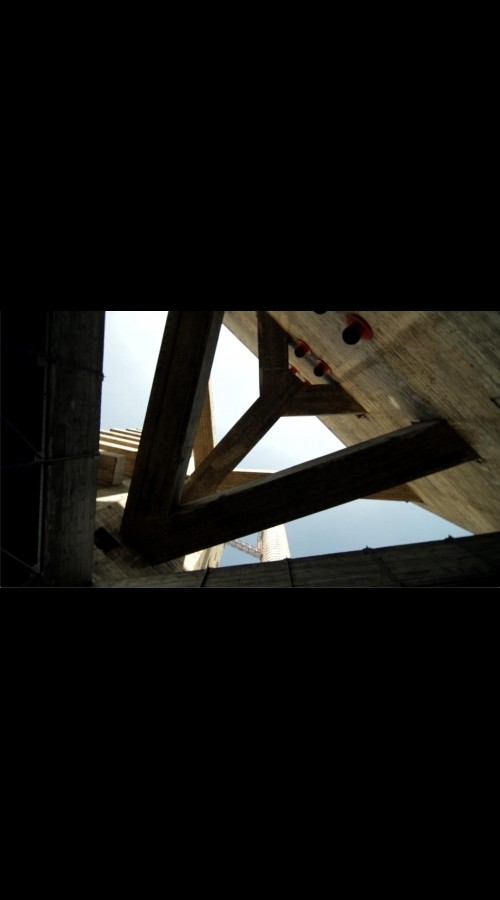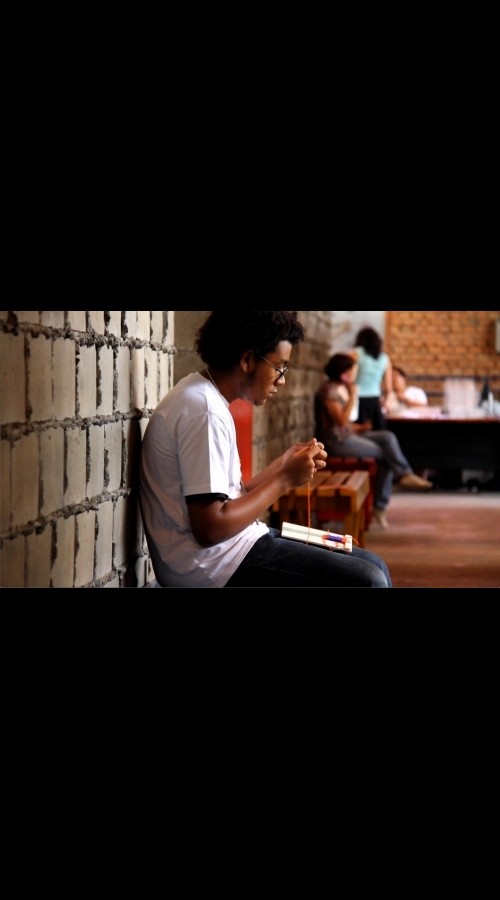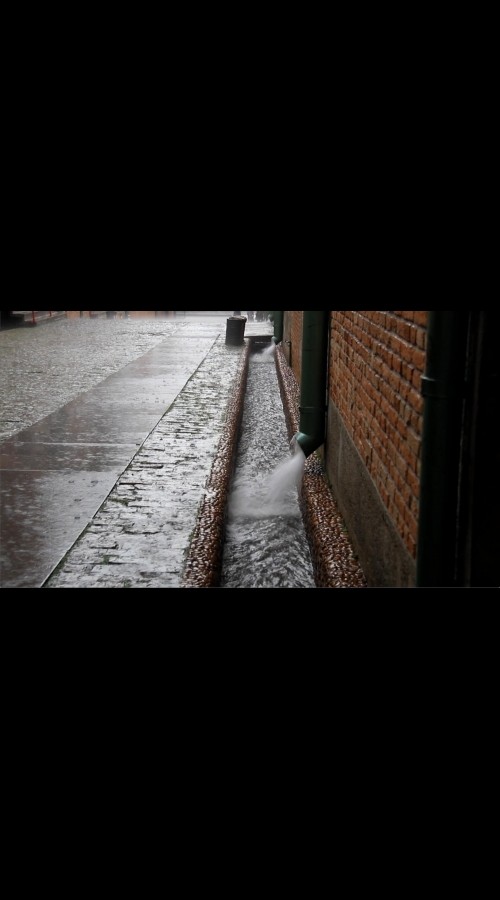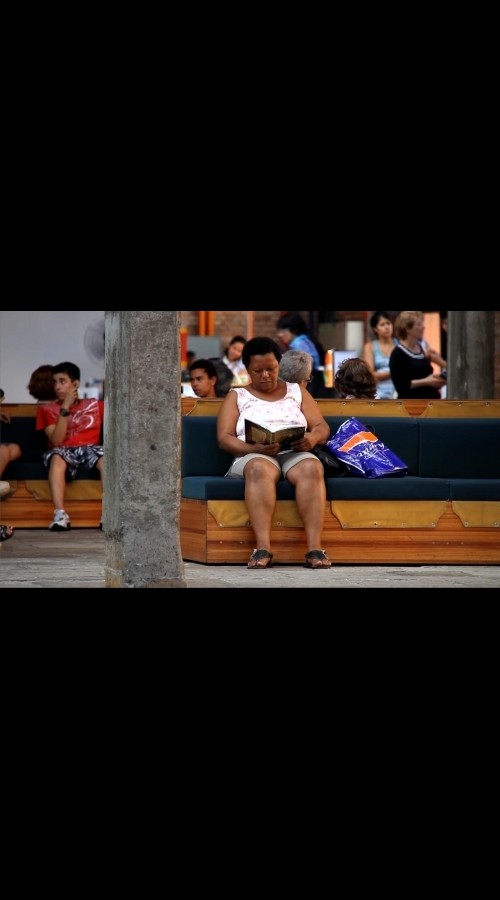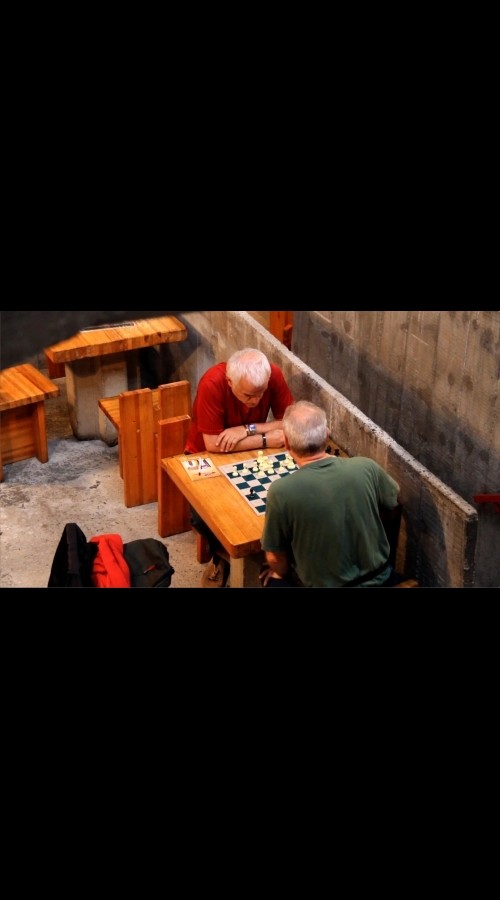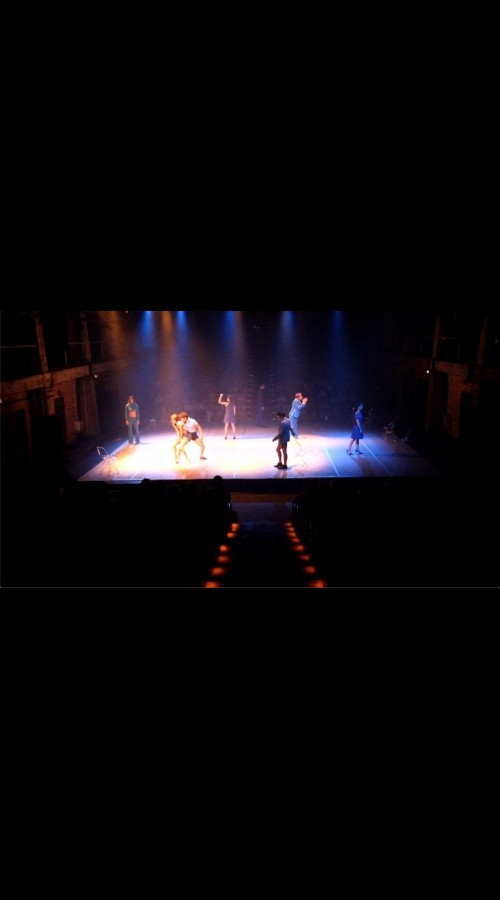Architect, designer, editor, critic, police commissioner of exhibitions, collector… the career of Lina Bo Bardi invents multiple and popular. "Stalinist", "anti-feminist", this " unique person ", according to these terms, never stopped transcending the kinds to try to seize the ethics, the definition and the role of the Architect.
This exhibition, which has travelled from London to Paris via Vienna and Basel, reveals not only the face known for Lina Bo Bardi - what she creates in the SESC Pompeia, which continues interaction with the streets of São Paulo-, but also her intimate world: the universe which she creates for herself and her husband, Pietro Maria Bardi, in the glass house ( 1951 ).
Born in Rome in 1914, Lina Bo Bardi, committed to the modern
architecture, leaves living in São Paulo in 1946, while she dives into the
political ideas and the culture of Brazil. But the real turning point intervenes
between 1958 and 1964 when, to Salvador de Bahia, where she lives, she
discovers the roots of the Brazilian popular culture, made " of tests and
poetry ", and mixes these with the values of the modern Movement. She uses
specific techniques of construction taught by the local craftsmen of Museu de
Arte Popular doh Unhão, Bahia ( 1959 ). She also plans the creation of centers
of small business sector and schools of industrial design. According to her own
words: " it was necessary be a museum of art, art in the sense of creation
and daily life.”
Years later, to São Paulo, Lina Bo Bardi is in charge of the conception of
the SESC Pompeia, a leisure center was built in a former factory. She distributes
spaces without hierarchy there: to swim is also important for it as to learn to
weave, to attend a jazz concert or to play chess. She creates a culture of the
user-friendlinessand the freedom in the diversity, which continues today: it is
an environment where the various generations have a dialogue between them, and
where the materials which establish the building fit perfectly into the urban
fabric.
